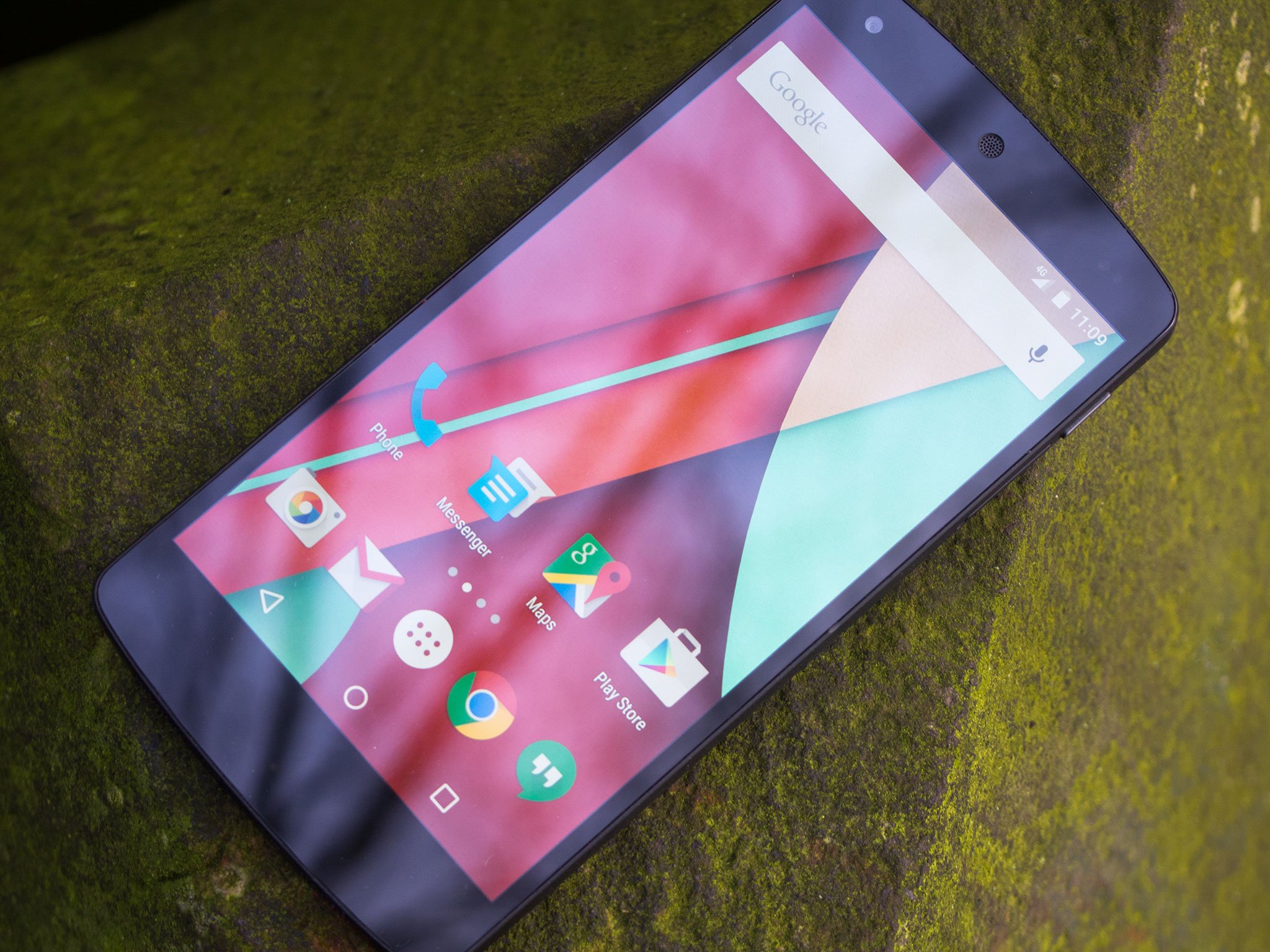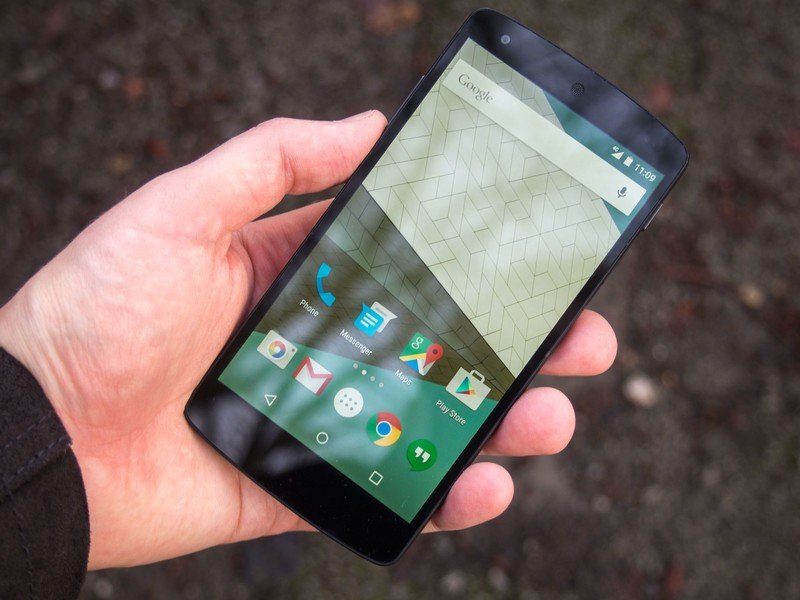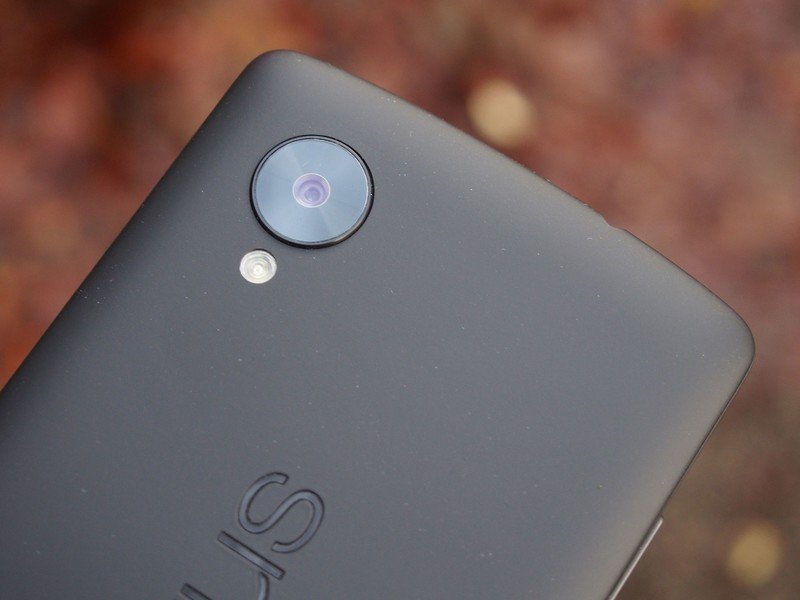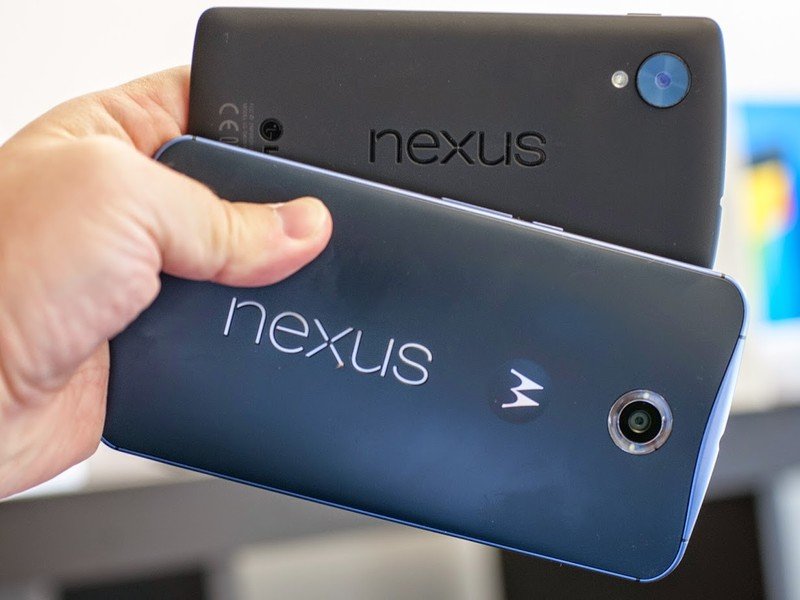Nexus 5: Past, present and future

A year on — and with an all-new version of Android — how does Google's 5-inch handset measure up?
I've used the Nexus 5 — Google and LG's last Nexus collaboration — on and off for the past year. The phone never quite managed to become my daily driver, mainly due to underwhelming battery life and the arrival of newer, shinier things in the earlier part of the year. Regardless, the N5 has never been too far from my side. This summer it was the first phone to get a sneak peek at Lollipop through the "Android L" preview, and it was among the first to get Android 5.0 proper last month.
Unlike previous years, Google's keeping the older Nexus handset around for the time being, selling it alongside the Nexus 6 and Nexus 9 at the same price point it launched at in November 2013. (Though Play Store availability remains sporadic.) So the Nexus 5 isn't quite dead yet. But how does it compare to other handsets running Android 5.0? Is it still worth the money twelve months on? And might we see another smaller Nexus handset in 2015? Read on for our take on the Nexus 5, twelve months on.

We've been over the Nexus 5's physical characteristics on a couple of occasions previously, but the major points bear repeating. You're looking at a fairly utilitarian plastic body with flattened sides and a soft-touch textured back. It's not a particularly flashy handset, especially compared to the premium offerings from HTC, Samsung, Sony and others we've seen in the past year. However it is easy to hold, relatively sturdy, and it's a phone you feel secure in not babying as much as the HTC One M8, for example.
Twelve months on, the Nexus 5's internals have held up pretty well.
As is the case with the Nexus 7 tablet and some other Google-designed devices, the Nexus 5 is about function more than form. It's designed to put a screen in your hand, and that's really about it. By contrast there's a little more visual flair in the current Nexus handset, the Motorola-built Nexus 6, but that's also a far more expensive product.
So the industrial design isn't going to blow you away, but what about the internals? Well, a year later Qualcomm's Snapdragon 800 processor has held up pretty well. Architecturally, it's not all that different from the Snapdragon 801 powering most 2014 flagships, and we've seen that chip perform admirably in many devices over the past 12 months. Similarly, the Nexus 5's 2GB of RAM gives stock Android plenty of breathing room. And while a base of 16GB of internal storage isn't as roomy as it once seemed, it's enough for what's squarely a mid-range product by late 2014 standards. And that 1080p IPS LCD isn't as vivid as contemporary rivals, but it's still a great-looking display, and more than sufficiently visible in the sun.
We'll get to software shortly, but it's worth pointing out here how well the Nexus 5's year-old hardware handles Android 5.0 Lollipop. Whether it's perceptibly any faster than KitKat was on the same hardware is debatable, but whatever the case the N5 manages to juggle Lollipop's rich animations without a hitch. Firmware upgrades, particularly those as significant as Android 4.4 to 5.0, don't always guarantee that performance won't slip in order to accommodate more features and flashier graphics. But there should be no such concerns for Nexus 5 owners upgrading to Lollipop.

Imaging is one of the areas of smartphone hardware where there's still a lot of room for improvement, and as such mobile cameras have moved on considerably in the past year. The Nexus 5's 8-megapixel, optically-stabilized rear camera was never amazingly great, but compared to its 2013 peers it was at least pretty decent. The camera's main strength is HDR+ mode, which can capture surprisingly sharp and clear images even in fading light. And the process of taking and crunching HDR+ shots has gotten quicker over the past year too, in part thanks to Lollipop.
Get the latest news from Android Central, your trusted companion in the world of Android
However, despite the camera API improvements in Android 5.0, the Nexus 5 isn't much good at shooting fast-moving subjects — nor is it as quick or full-featured as the latest camera experiences from Samsung, Sony and LG. Again, we're talking about a mid-range phone here, so you don't necessarily expect the very best camera experience money can buy. In any case, it's absolutely possible to get good-looking shots out of the N5 on the latest firmware, just don't expect to do so as often as on a really great Android camera like the Galaxy Note 4 or LG G3.
Software enhancements can't help the Nexus 5's biggest hardware problem.
The Nexus 5 underwhelmed us with its relatively meager battery life last year. But with talk of "Project Volta" bringing improved longevity in Lollipop, there was hope the new version of Android may have been able to squeeze some more juice out of the Nexus 5's 2,300mAh cell. Unfortunately, in our unscientific testing the difference in battery life has been negligible. While Volta may help properly-optimized apps use less power in the background, the Nexus 5's Achilles heel is active use time; as was the case on KitKat, you'll be lucky to get more than three hours of screen-on time out of the N5 on Lollipop. That's a shame, but it's a problem rooted in hardware that's probably not solvable in software.

Fortunately the rest of Android 5.0 more than lives up to its promise on the Nexus 5. As we've already mentioned, Lollipop flies on the phone's year-old hardware, and you'll get the same core experience as on a Nexus 6 or Google Play edition phone — minus some fancier features like Ambient Display. That's another way of saying you'll get the best software experience on any Android phone, and with any luck a speedy update to whatever's next, beyond version 5.0.
Lollipop's not without its quirks — and we'll bemoan curiosities like the lack of a plain old mute function all day — but as we mentioned in our Android 5.0 review, this version takes big, important steps forward in making Android more useful to real people, and making stock Android more than just a blank slate for OEMs to built atop. It's the Googliest version of Android yet, and that's a great thing if you're bought into the company's ecosystem, as is likely the case if you're considering a Nexus handset.
More: Android 5.0 Lollipop review

Right now the options for a really great stock Lollipop phone are pretty limited.
So where does this leave the Nexus 5, and buyers looking for a solid stock Android phone that's not gigantic? Even in late 2014, the Nexus 5 is a decent choice for those seeking a mid-range stock Android phone, and in some places it even puts high-end rivals to shame with its speed and fluidity. In all areas but battery life, this is still a really great little phone. The lack of any movement on price in the past year means you're arguably getting less mileage for your $350 in 2014 than was the case a year ago, but it's still decent value for money.
Looking further a field, the options for a really great stock Lollipop phone are pretty limited. In the U.S., the Google Play edition HTC One M8 is a decent alternative with better battery life, though it's pricey at $650, and currently out of stock on the Play Store. The 2014 Moto X is another more up-to-date choice, however that device has camera and battery life issues of its own. As is often the case, then, consumers are left to decide between having the latest version of Android and the best overall experience — which includes important factors like battery life and camera quality.
... And there's a strong case for a new Nexus 5 in 2015.
That's why I'm holding out hope for a new Nexus 5 in 2015. If Google is serious about its Nexus device strategy — and when you're putting in the resources to ship on five major U.S. carriers, you're serious — then there's no way it can stick with a 6-inch handset forever. The Nexus 6 shows that Google wants to sell phones to consumers and carriers, and establishes the Nexus brand as the primary way for it to do that, following the stalling of the GPe program. That being the case, Google can't ignore the market for non-massive phones in the next twelve months. It'd be like Apple only releasing the iPhone 6 Plus.
In 2015, any of the major players in the Android world could partner with Google and produce a really compelling 5- to 5.5-inch Nexus handset. Android is a mature platform, and everyone that's left in the game at this point is really good at making high-end hardware.
So here's hoping 2013 Nexus 5 isn't the last Nexus 5. Got any hopes for a future 5-inch Nexus handset? Share them down in the comments!

Alex was with Android Central for over a decade, producing written and video content for the site, and served as global Executive Editor from 2016 to 2022.
